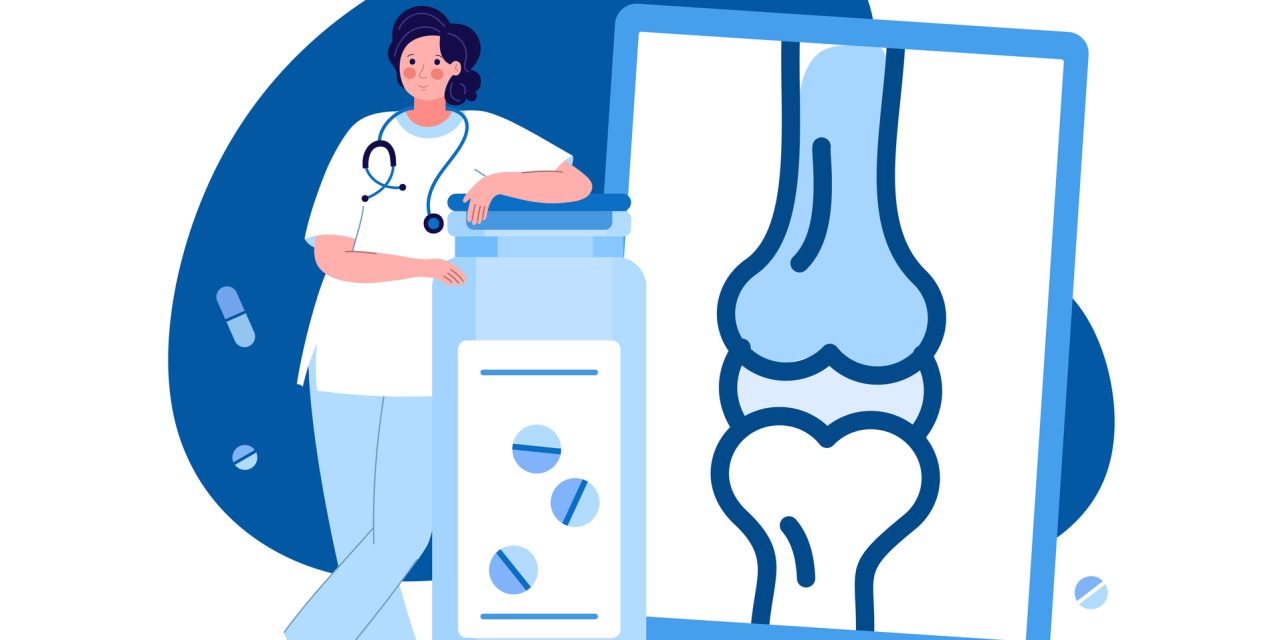Currently, there are no outcome measures assessing the ability of people with non-specific low back pain to self-manage their illness. Inspired by the ‘Patient Enablement Instrument’, we developed the Patient Enablement Instrument for Back Pain (PEI-BP). The aim of this study was to describe the development of the Patient Enablement Instrument for Back Pain (PEI-BP) and investigate content validity, construct validity, internal consistency, test-retest reliability, measurement error, responsiveness and floor and ceiling effects.
The PEI-BP consists of 6 items that are rated on a 0-10 Numeric Rating Scale. Measurement properties were evaluated using the COSMIN taxonomy and were based on three cohorts from primary care with low back pain: The content validity cohort (N = 14) which participated in semi-structured interviews, the GLA:D® Back cohort (N = 272) and the test-retest cohort (N = 37) which both completed self-reported questionnaires. For construct validity and responsiveness, enablement was compared to disability (Oswestry Disability Index), back pain beliefs (Brief Illness Perception Questionnaire), fear avoidance (Fear-Avoidance Beliefs Questionnaire-physical activity), mental health (SF-36), educational level and number of previous episodes of low back pain.
The PEI-BP was found to have acceptable content validity, construct validity, reliability (internal consistency, test-retest reliability and measurement error) and responsiveness. The Smallest Detectable Change was 10.1 points illustrating that a patient would have to change more than 1/6 of the scale range for it to be a true change. A skewed distribution towards the high scores were found at baseline indicating a potentially problematic ceiling effect in the current population.
The PEI-BP can be considered a valid and reliable tool to measure enablement on people seeking care for non-specific LBP. Further testing of the PEI-BP in populations with more severe LBP is recommended.
Not applicable.
The patient enablement instrument for back pain: reliability, content validity, construct validity and responsiveness.


